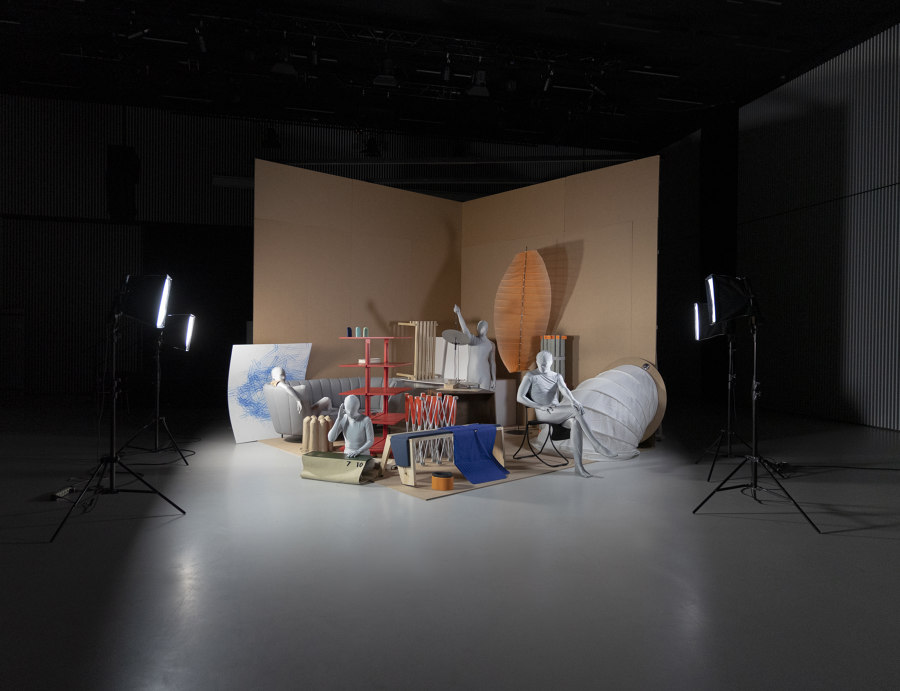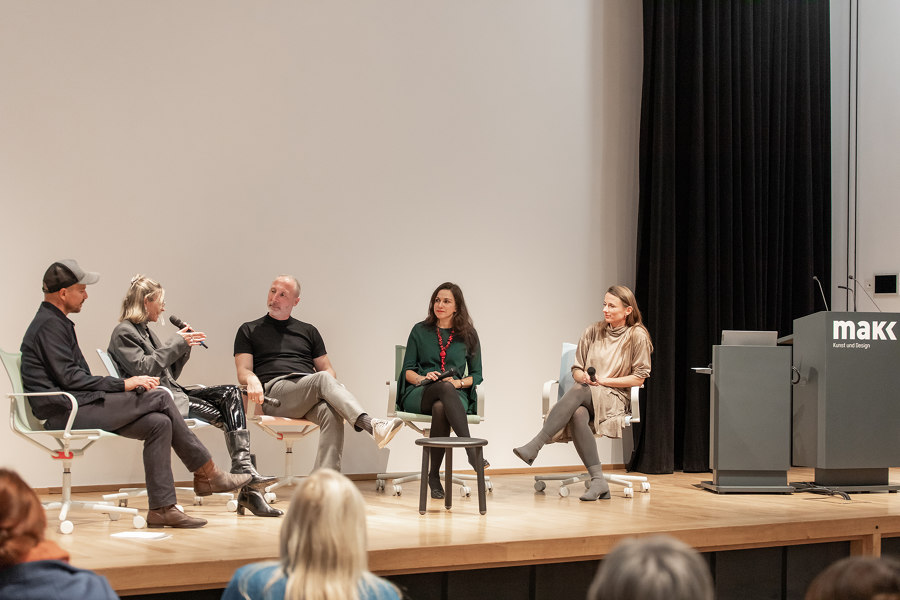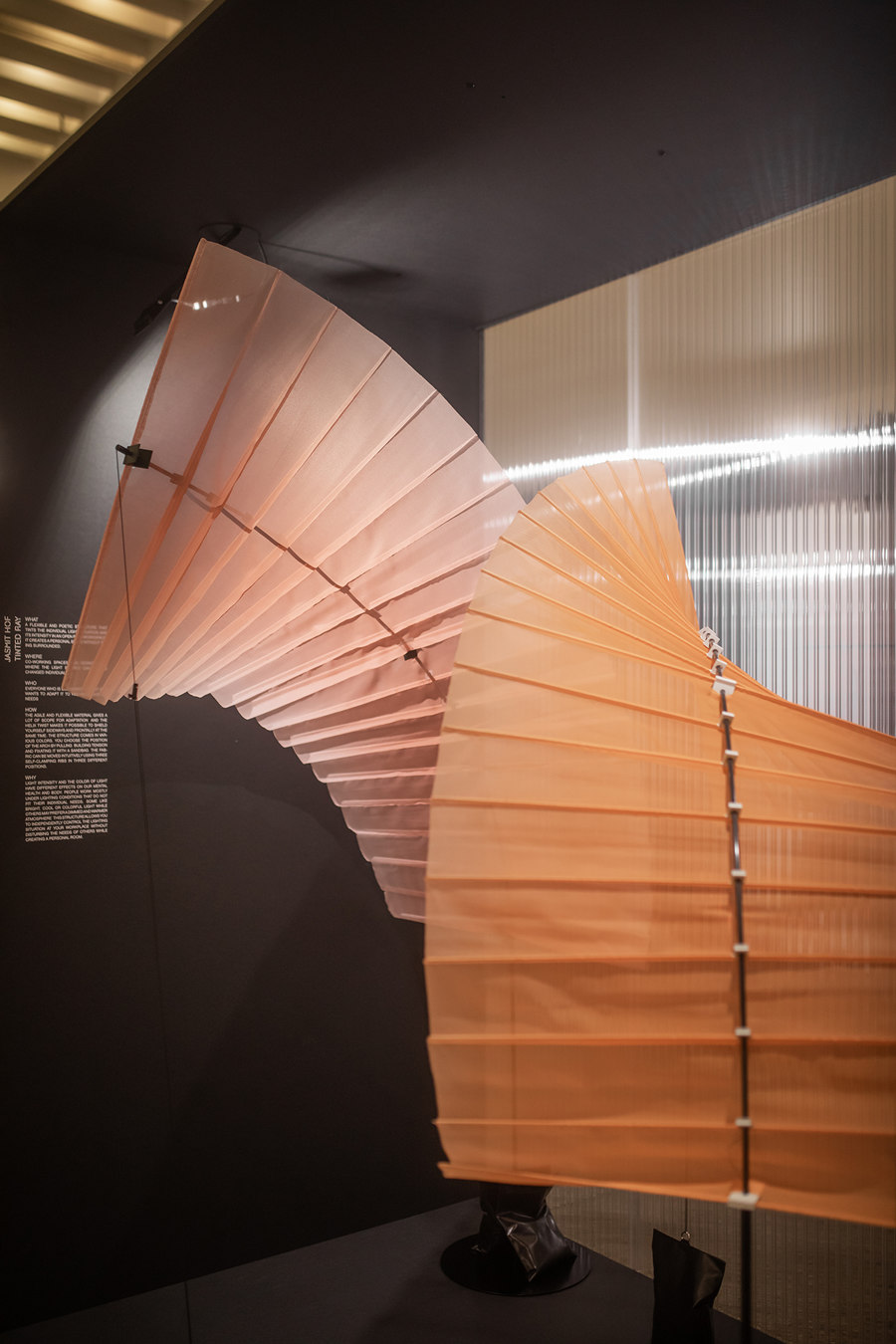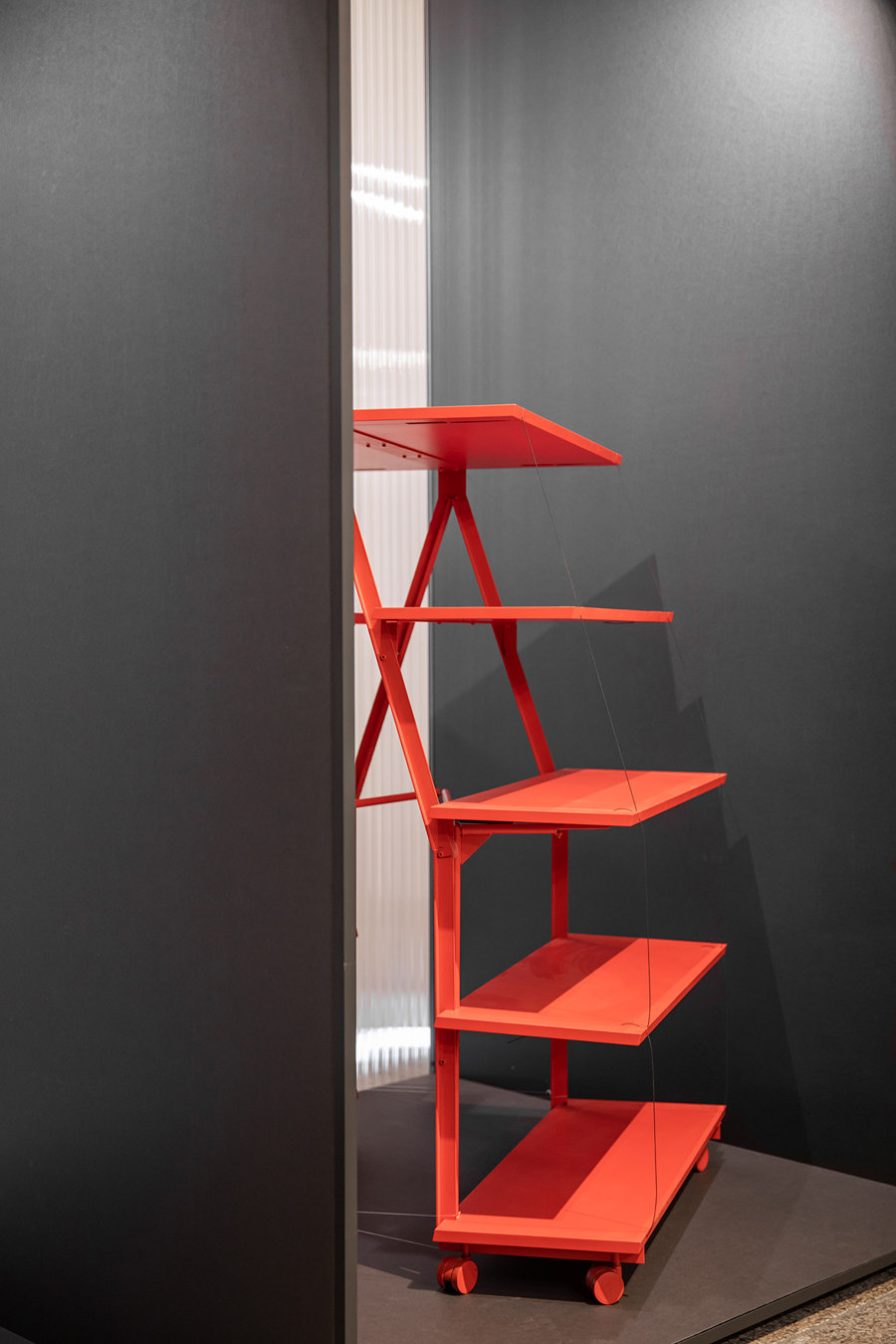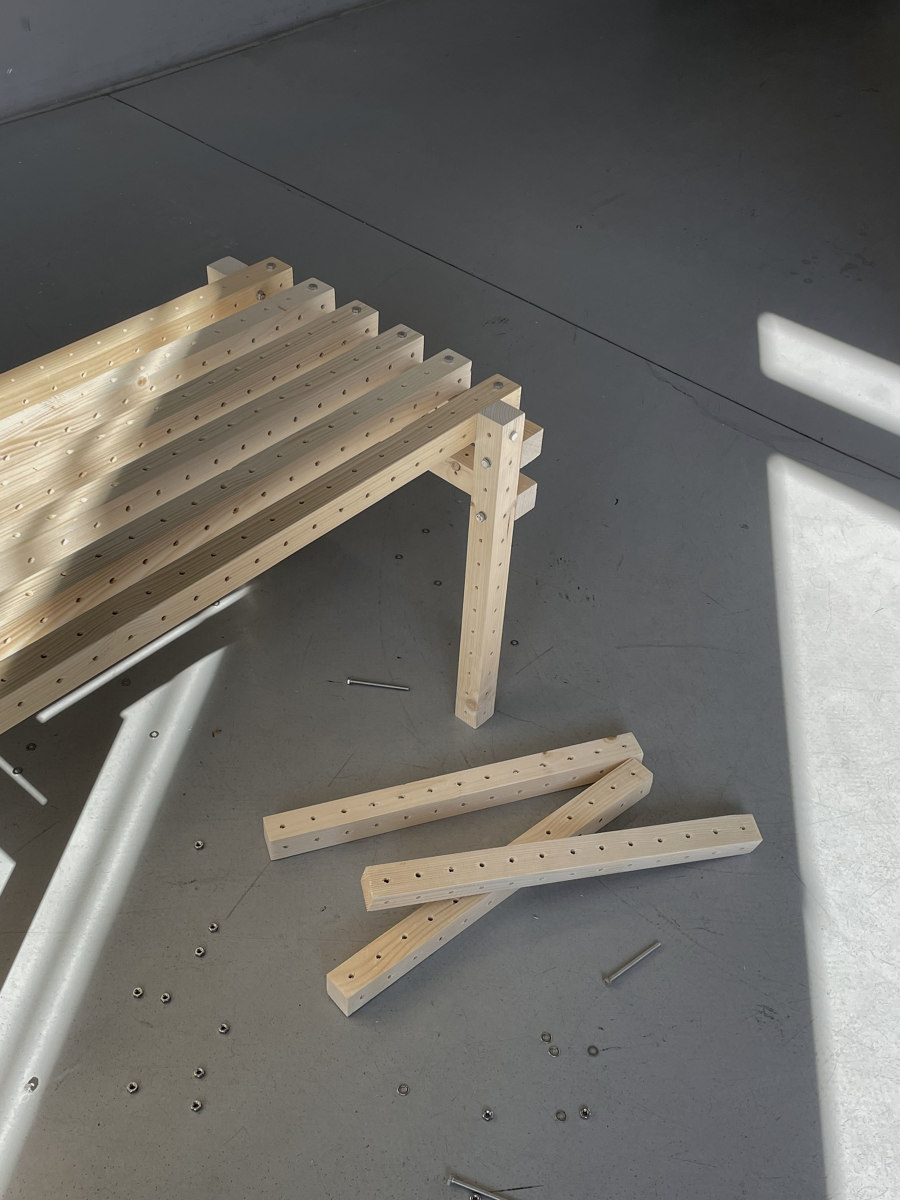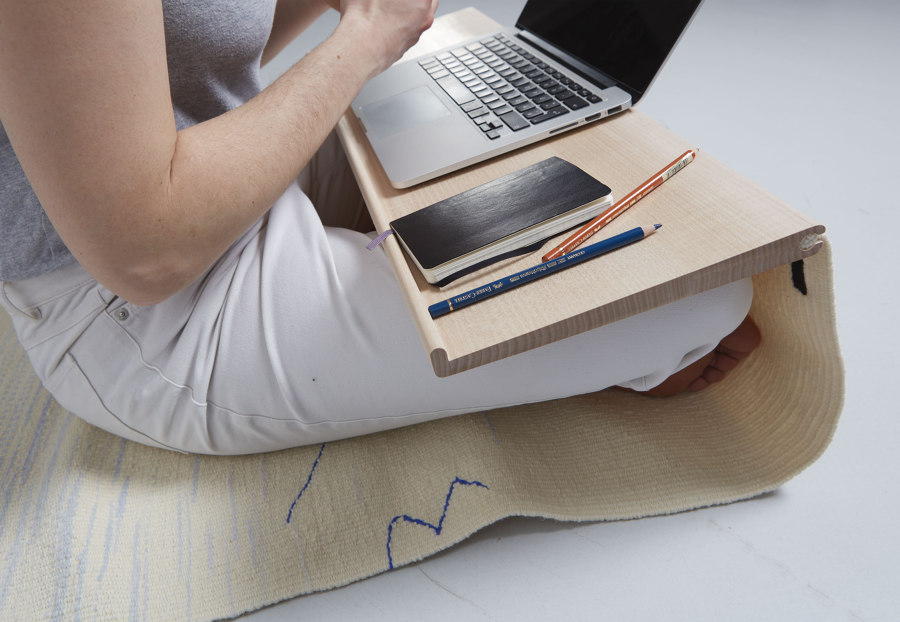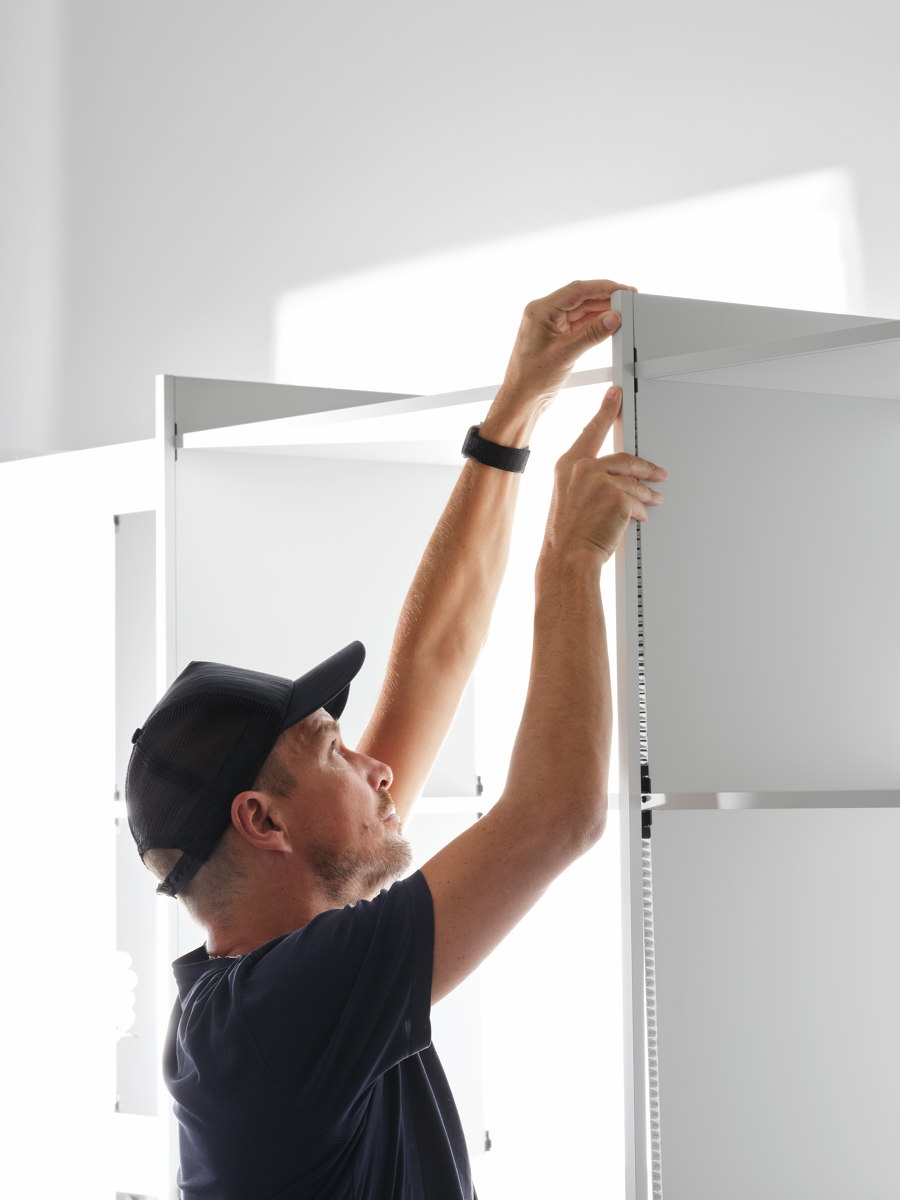Workspace in progress: Wagner Living
Brand story by Markus Hieke
Langenneufnach, Allemagne
16.11.21
Under the title ‘Workspace in Progress‘, students of industrial design at the University of Applied Arts in Vienna developed responses to the question of present and future forms of work – in close collaboration with Stefan Diez and Wagner Living.
As in many disciplines, the following is especially true in the field of design: the best and most effective means of learning is by doing – or also: from doing. It is therefore no longer a rarity for industry to partner with educational institutions and guide students in their projects with professional know-how. One example is the recent collaboration between the Augsburg furniture brand Wagner Living and students of industrial design at the University of Applied Arts Vienna.
The project was initiated by the designer Stefan Diez, who heads the programme as a professor. He himself has already worked with Wagner Living on several occasions: on the Dondola chair D1 and most recently on the D2 furniture system – but more on that later. As a result, Stefan Diez knew about the synergetic value of this connection; and that Wagner Living would be willing to provide a fitting stage for the works, which was a special incentive for the students.
And quite extraordinary for a student project: Diez enlisted the help of designer and curator Matylda Krzykowski right from the start – with the aim of presenting the works to the public at a later date (which incidentally was not always such a sure thing due to the coronavirus pandemic). In addition, the industrial design class was assisted in developing their ideas and prototypes by various experts from the fields of design and architecture: Gonzalez Haase AAS, for example, Mirko Borsche or Harald Gründl (EOOS).
From the power nap bench and shade-generating sail system for the workplace to a communication concept for remote workers. On the opening evening in Cologne, the topic of ‘How work affects life‘ was under discussion

From the power nap bench and shade-generating sail system for the workplace to a communication concept for remote workers. On the opening evening in Cologne, the topic of ‘How work affects life‘ was under discussion
×The topic in focus: designing work
Over the course of two semesters, the students dedicated themselves to the question of current and future forms of work. To what extent can design decisions affect the substance of our work as well as how we work? What is the relationship between work and leisure? ‘While the first semester focused on the current influences on the world of work in terms of technological, economic and social changes, the second semester dealt with the production methods of these projects from the point of view of a future-oriented circular economy,‘ explains Stefan Diez.
Like no generation before, they seem to question their actions and the resulting consequences
The second part is particularly important to him, because work in its present form, as he points out, ‘is also the cause of our enormous consumption of resources and leads incessantly to the destruction of the common basis of life‘. Not to mention, it should be added, that consumption itself often serves as a reward for work performed without truly satisfying basic needs – and thus in turn leads to more work and resource consumption. A vicious circle!
To create more flexibility in the realm of office furniture, Alice Klarwein (top) suggests a desk on castors that can be transformed into a shelf. Steven Dahlinger creates a retreat-on-demand with his sofa
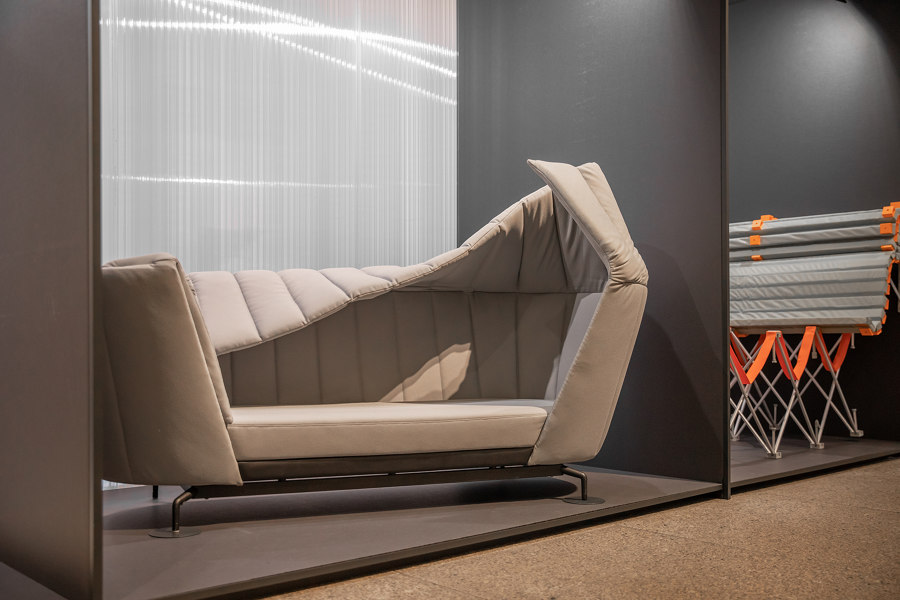
To create more flexibility in the realm of office furniture, Alice Klarwein (top) suggests a desk on castors that can be transformed into a shelf. Steven Dahlinger creates a retreat-on-demand with his sofa
×Thinking through consequences
This development did not escape the awareness of the students. On the contrary: like no generation before, they seem to question their actions and the resulting consequences. Their responsibility as budding designers therefore also includes not simply developing the same pre-existing products over and over again, only in a slightly varied, supposedly new form. Above all, however, designers have a considerable influence on the materials used, the methods and places of manufacture, as well as the subsequent possibility of recycling the raw materials.
Today a bench, tomorrow a stool and the next day a shelf? Philipp Pranzl (top) has designed a playful modular system, while Laura Dominici created a carpet with table and Alexander Allroggen developed a combination of chair and standing-height stool
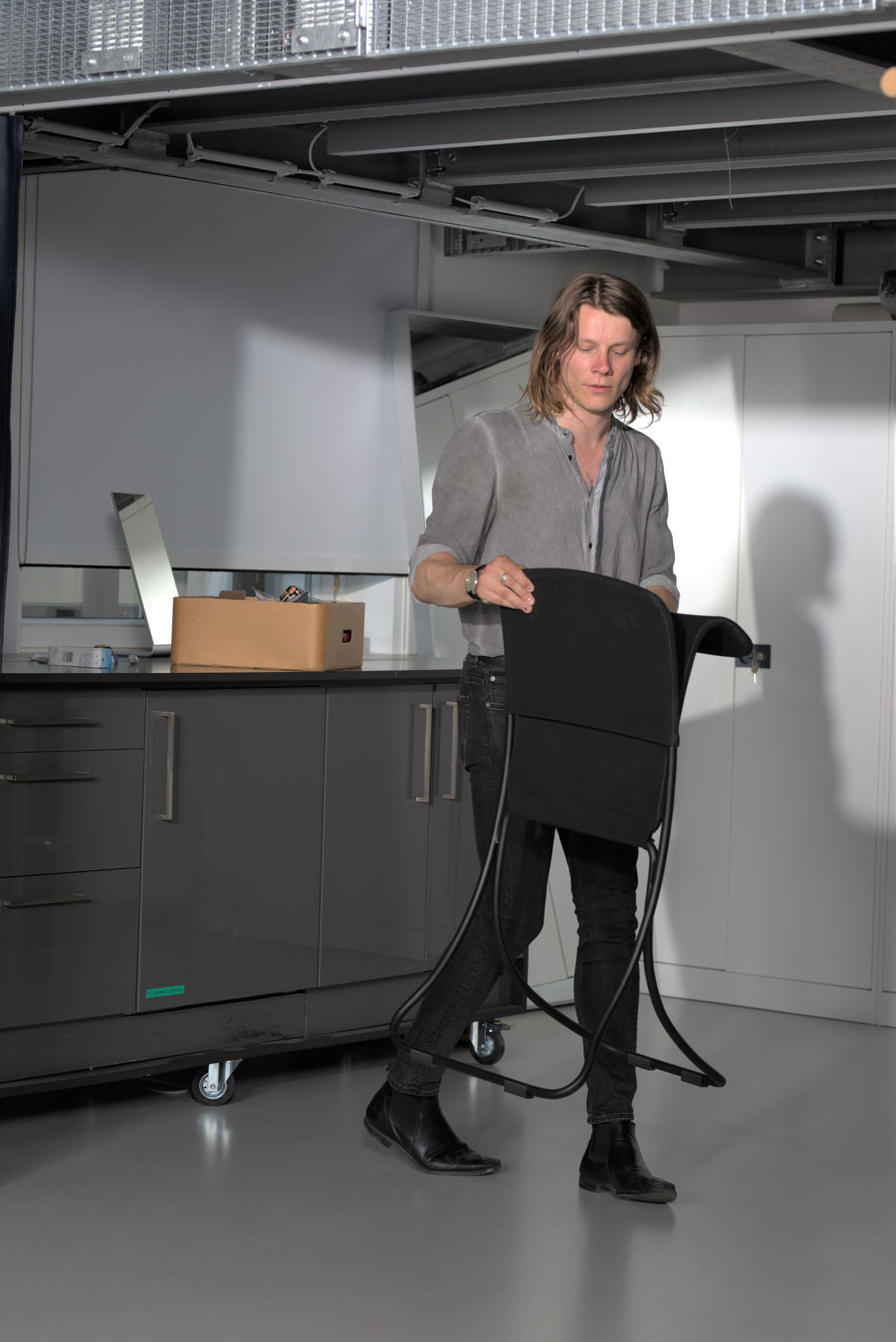
Today a bench, tomorrow a stool and the next day a shelf? Philipp Pranzl (top) has designed a playful modular system, while Laura Dominici created a carpet with table and Alexander Allroggen developed a combination of chair and standing-height stool
×With an approach reminiscent of existing open design concepts, Philipp Pranzl is probably the one pursuing this idea most concretely. Pranzl developed a set of squared timbers of different lengths with evenly spaced holes, which can be assembled into diverse type of furniture with the help of screws and then later taken apart again. With Magic Tapestry, Laura Dominici combines a hand-woven carpet with a small tabletop – just big enough for a laptop, used while sitting on the floor with legs crossed. Rolled up, the mobile mini workstation can be taken to a new spot, providing a familiar home base in whatever location.
Stets by Alexander Allroggen is another completely new type of furniture – a lightweight chair whose seat folds up to serve as a standing aid and facilitate changing positions at height-adjustable tables, for example. And Anton Defant’s height-adjustable Cable Grip pendant luminaire generates appealing atmospheric light and is ideal for applications in rooms with changing uses.
The project was supported by the furniture brand Wagner Living, with whom Diez Office collaborated (along with Gonzalez Haase AAS and Mirko Borsche) on the D2 furniture system – which was also used for the exhibition installation
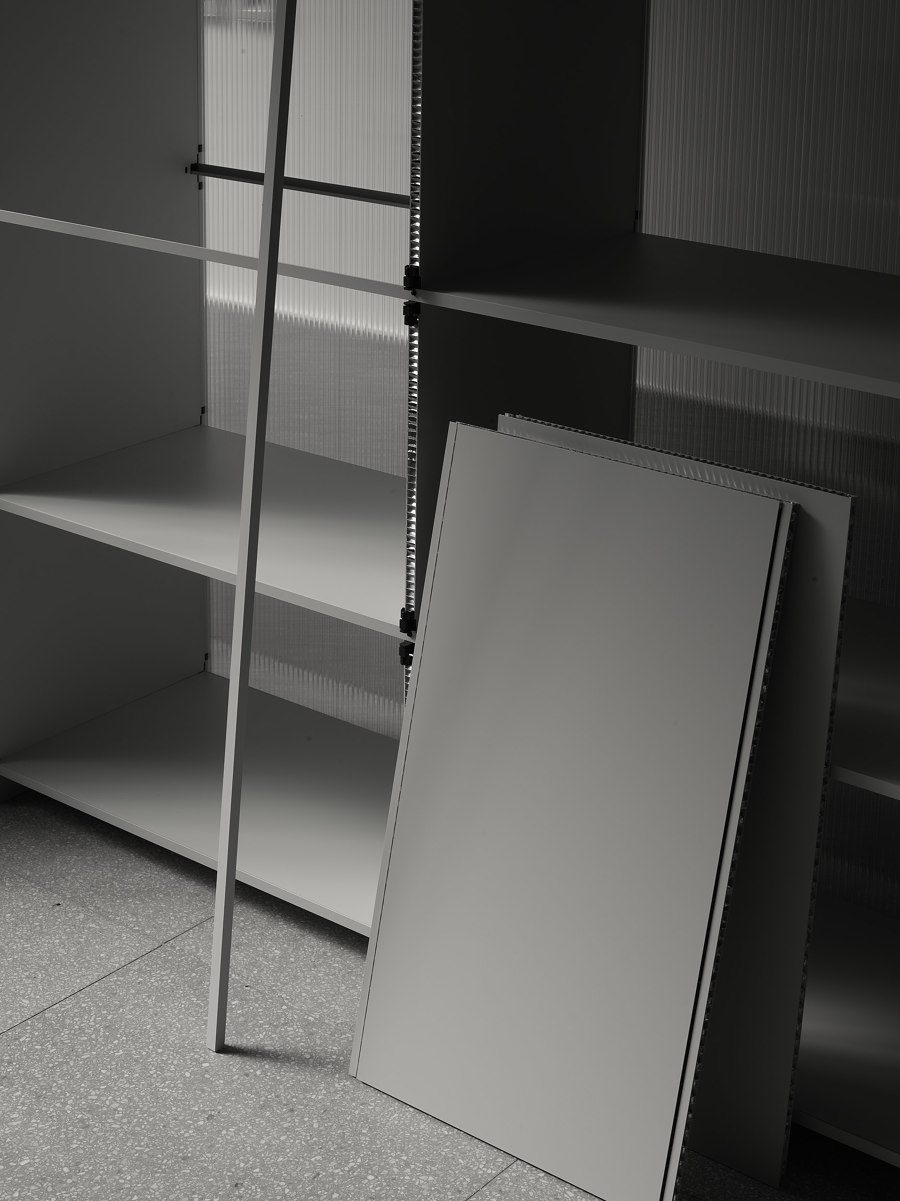
The project was supported by the furniture brand Wagner Living, with whom Diez Office collaborated (along with Gonzalez Haase AAS and Mirko Borsche) on the D2 furniture system – which was also used for the exhibition installation
×Workspace in Progress
For the period of one month, the results were on display at the Museum of Applied Art in Cologne under the title ‘Workspace in Progress‘. In addition to furniture and luminaires, the presentation included ideas for spontaneous communication by remote workers as well as a tool for stress reduction. The exhibition installation was organized in a functional manner. Diez Office arranged the new modular furniture system D2 – created in collaboration with Gonzalez Haase AAS, Mirko Borsche and Wagner Living – into a kind of depot: with each work in its own shelf-like box. The construction consisted of black cardboard honeycomb panels and back panels of transparent polycarbonate sheeting, which were assembled without tools using connector elements and were to be taken apart after the conclusion of the exhibition. Diez once again fulfilled his key aim of circularity in these temporary installations – with a D2 system in the centre of the exhibition, deconstructed down to its components.
Those who missed the exhibition will have another opportunity to see the works at the Cologne Furniture Fair. In addition, the students have documented all 17 works on social media channels and in a video performance that is available online.
© Architonic

